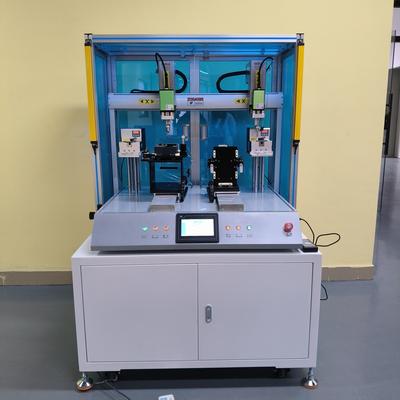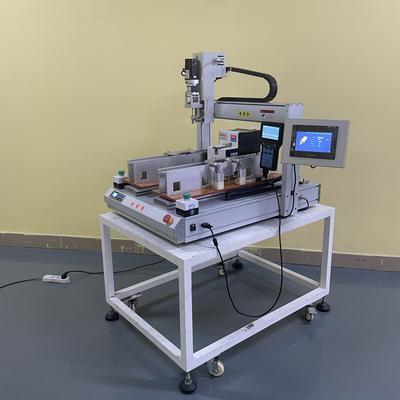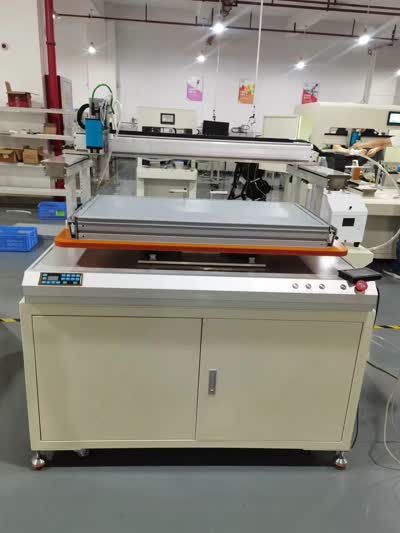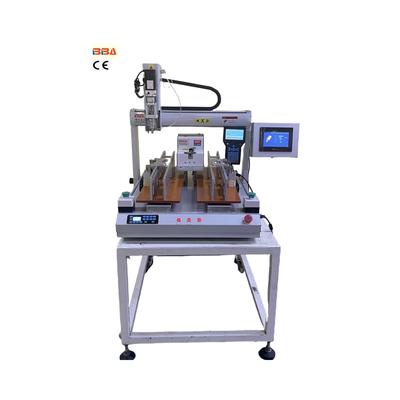The Rise of Robotics in Assembly Line Manufacturing | Industrial Automation
The Rise of Robotics in Assembly Line Manufacturing
Modern manufacturing is undergoing a silent revolution, driven by the accelerating integration of robotics into assembly lines worldwide. What began as simple mechanical arms bolted to factory floors has evolved into sophisticated systems that reshape productivity, precision, and innovation in industrial settings.
"By 2025, over 75% of large-scale assembly operations will deploy collaborative robots alongside human workers, blurring traditional boundaries between manual and automated tasks." – Industry Forecast Report
Precision Meets Efficiency
Robotic systems bring micrometer-level accuracy to repetitive tasks like welding, screwing, and component placement. Unlike human workers subject to fatigue, these machines maintain consistent quality across 24/7 production cycles. Advanced vision systems coupled with force-sensing feedback enable real-time adjustments during intricate assembly processes, reducing error rates by up to 90% in high-precision applications while doubling output.
Adaptive Intelligence Takes Center Stage
Today’s robotic systems go beyond scripted movements. Machine learning algorithms allow systems to:
- Self-optimize tool paths for energy efficiency
- Predict maintenance needs through vibration analysis
- Instantly reconfigure workflows when product designs change
This adaptability minimizes downtime and enables seamless transitions between product variants – a critical advantage in custom manufacturing.
The Human-Robot Collaboration Shift
Safety-certified collaborative robots (cobots) now work uncaged alongside technicians. Aircraft assembly plants exemplify this trend, where cobots handle overhead riveting while humans perform precision inspections. This synergy:
- Reduces ergonomic injuries by automating strenuous tasks
- Uses intuitive teach pendants for task programming
- Allows redeployment of staff to supervisory roles
Operational Impact Data
48 hrs → 9 hrs
Production line retooling time reduction
0.02mm variance
Consistent part assembly precision
Overcoming Integration Challenges
Implementation hurdles remain significant. Legacy machinery often lacks digital interfaces, requiring middleware solutions. Cybersecurity for networked robots demands zero-trust architectures. Forward-thinking manufacturers address these through:
- Modular robotic cells with plug-and-play connectivity
- Edge computing for localized data processing
- Cross-trained maintenance teams with robotics certifications
The assembly line of tomorrow emerges as a dynamic ecosystem where AI-driven robotics amplify human creativity. As sensory capabilities grow and 5G-enabled control systems proliferate, manufacturing flexibility will reach unprecedented levels – transforming factories into responsive innovation centers.

| Product Name | Applicable industries |
| Desktop Screwdriver Robot | LED Lighting Industry |


